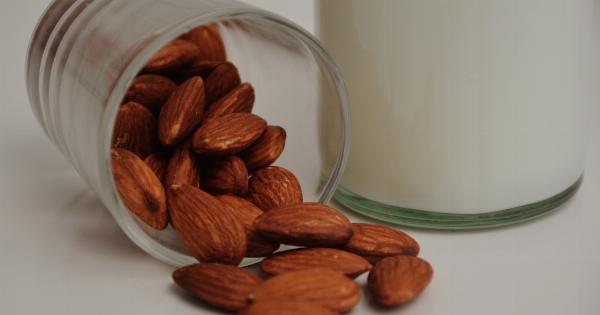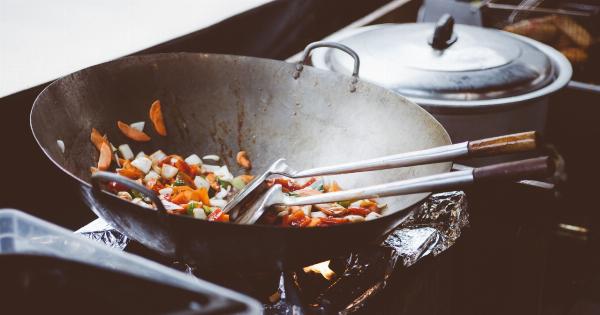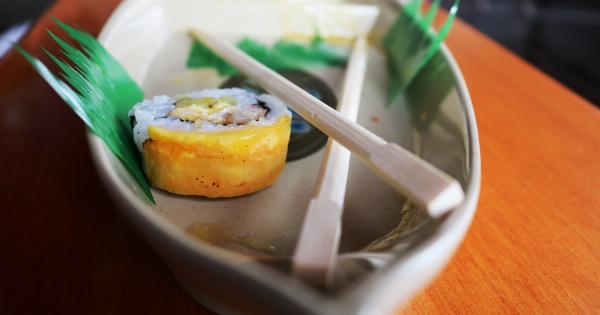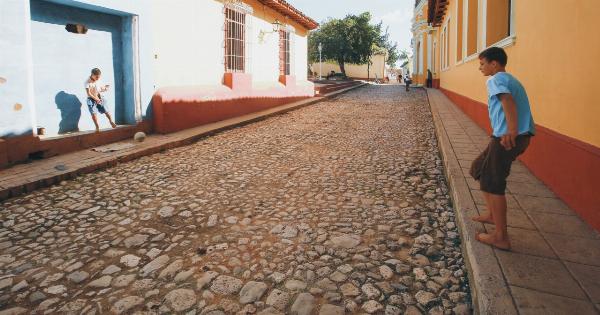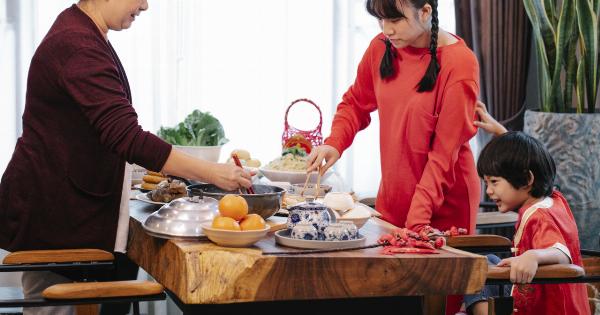If you have leftover rice from last night’s dinner, it’s tempting to reheat it for a quick and easy meal. However, experts warn that reheated rice can pose serious health risks.
In this article, we’ll explore the truth about reheated rice and reveal the risks associated with this common practice.
What Happens When Rice Is Reheated?
When rice is left at room temperature for an extended period, it can become contaminated with Bacillus cereus, a bacteria that produces toxins that can cause food poisoning.
Cooking the rice properly kills this bacteria, but reheating rice can reactivate the spores and cause them to multiply, potentially producing dangerous toxins.
What Are the Risks of Reheated Rice?
The toxins produced by Bacillus cereus can cause two types of food poisoning: diarrheal and emetic. Diarrheal food poisoning typically causes diarrhea, nausea, and vomiting, while emetic food poisoning causes vomiting and stomach cramps.
While most healthy adults can recover from food poisoning within a few days, the symptoms can be severe and debilitating, especially for young children, the elderly, and people with weakened immune systems.
In rare cases, Bacillus cereus can also cause more serious health problems, such as sepsis and meningitis.
How to Reheat Rice Safely
While reheating rice can be risky, there are steps you can take to reduce the health risks:.
1. Store leftover rice properly
Store leftover rice in an airtight container in the refrigerator within two hours of cooking. Make sure the container is shallow to ensure the rice cools quickly and evenly.
2. Don’t let rice sit at room temperature for too long
If you’re not planning to eat the leftover rice within a few hours, store it in the refrigerator as soon as possible. Bacteria can start to grow at room temperature after just two hours.
3. Reheat rice thoroughly
When reheating rice, make sure it’s heated all the way through. The internal temperature should reach at least 165 degrees Fahrenheit to kill any bacteria that may be present.
4. Don’t keep reheated rice for too long
Don’t keep reheated rice for more than a day. If you have any leftover rice after reheating, throw it away.
Conclusion
Reheating rice may be a quick and easy way to use up leftovers, but it can also be risky. To reduce the chances of food poisoning, store leftover rice properly, don’t let it sit at room temperature for too long, and reheat it thoroughly.
Remember, if in doubt, throw it out!.






